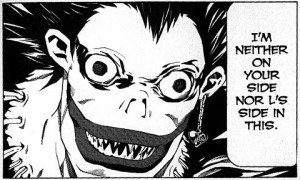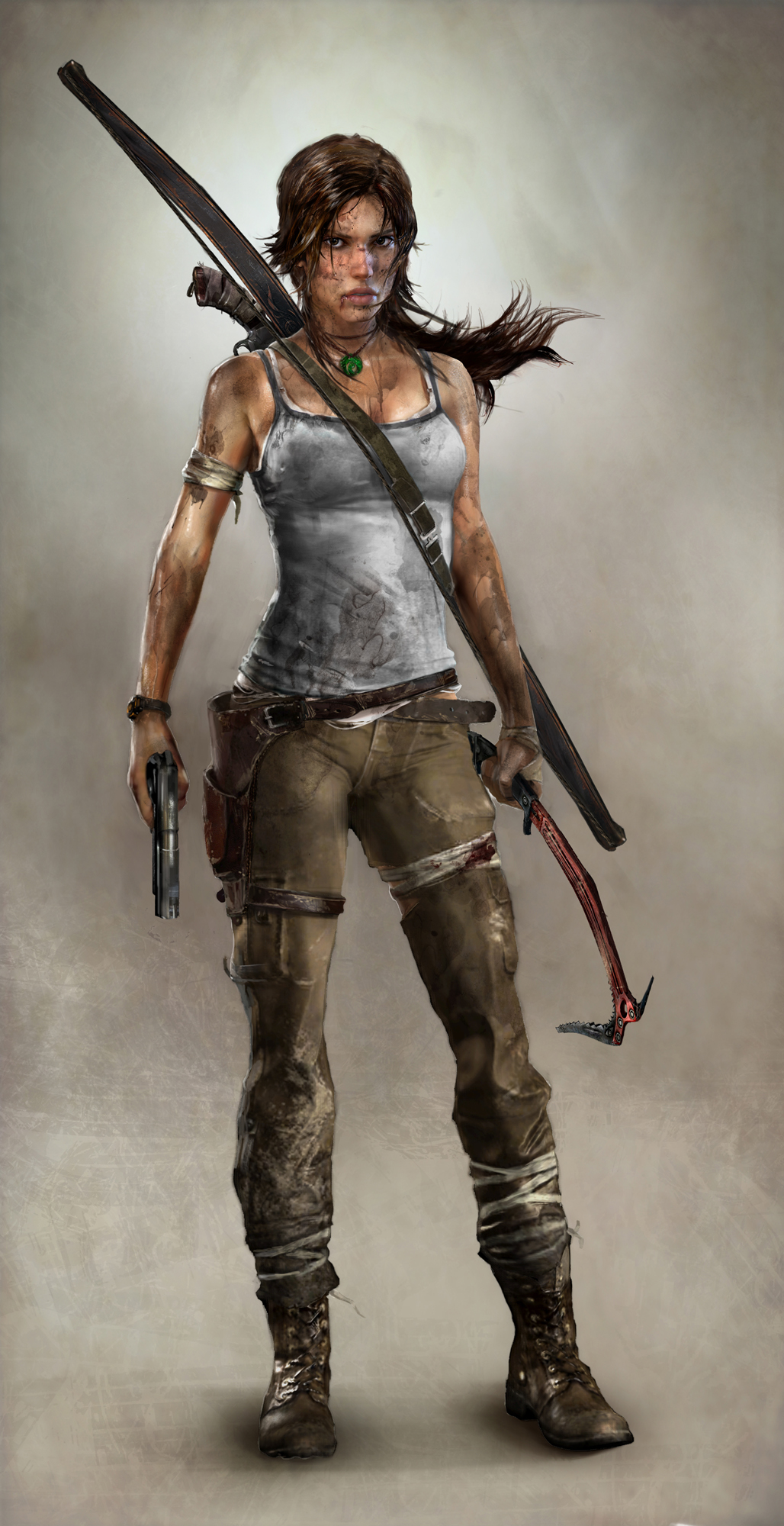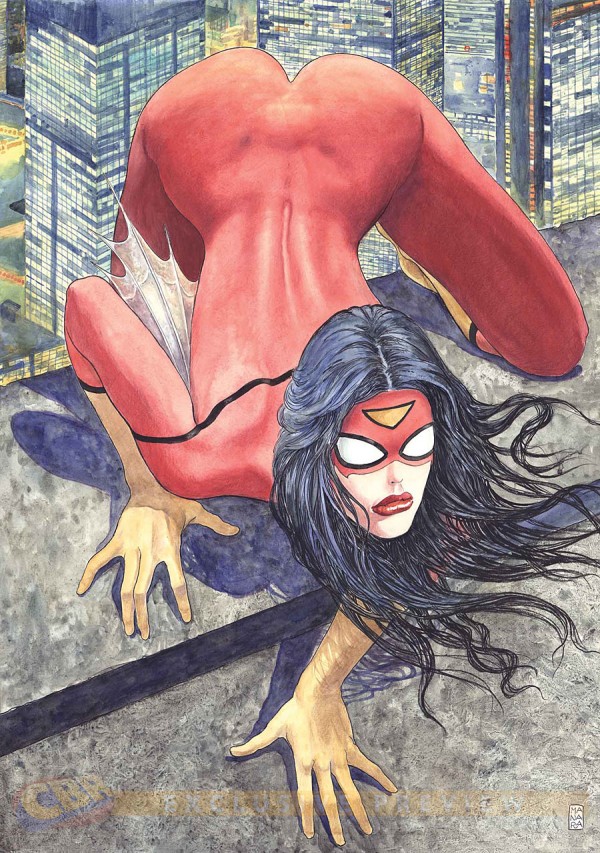Considering I am a Game Art Major, my speciality is video games, but since I am also a long time Licensed comic reader, I will also have some of that in my post.
Gender in videogames seems to be the most common and hotly debated topic about stereotypes. I will not deny that there are some cases in videogames where females are made to be lesser people, in most cases by sexualisation and lack of physical power. The problem I have when someone outright says that all games are misogynistic and demeaning to women and all women in games are sex object, is that this only applies to a portion of the industry, and becomes less and less true over time.
Tomb raider as a series began as a game where you went around as a woman in crimially short shorts and massive breasts and each game seemed to push the boundary more until a certain point, the modern remake of the game, simply called Tomb Raider. Here is the change in character model form the beginning of the series, and then the current game. The difference is rather large while still preserving the character.
He proportions are normalised, her clothes are real clothes, she has grime on her, and she comes across as a human. She still has sex appeal, but instead of being a parody of reality, she is sexy in the incredibly badass strong woman sense.
Believe it or not, males have just as much, and in some cases more stereotyping in games, Nearly all games I have played had large manly men with large guns who could fight through literal hell to save the world. It is becoming more common in the gaming industry for both genders to be addressed and written as humans and not chunks of flesh. When people say females are misrepresented in games, I agree, but I will only agree if they also realise men are also suffering from the same problem.
Now to address comics, mainly the licensed charaters such as DC and Marvel, since I've been a super hero junkie since I could read. These two companies of comics have actually more problems in balance than games do in terms of sterotypes. Women tend to be drawn in rather skimpy clothing and many times are in rather seductive poses. However, in the same way I think of games, very few men in comics have anything less than massive muscles and perfect hair. Race sterotypes are also present; Cyborg was a star black football player with father issues, for some stupid reason the first mulim green lantern, while not being the first black one, carried a handgun, Jubilee, who is chinese had the underwhelming power of fireworks, all caCanadianseem to have a connection to animals, the russians are still evil and are all soviets etc. Some of these aren't completely bad, but they still force races into niches. When comics try to change something completely, they try to make a big deal about it: Thor's a woman! Earth 2 Green lantern is Gay! Power lantern is a latina woman now!
One thing that goes back to people talking about how all women in comics seem to be super sexy and in seductive poses and it's there to please the men. I have to counter with something that is way more prevalent, yet so similar to the example I am about to present, it would be stupid not to mention it.
Recently, there was a huge uproar that spiderwoman had her ass up in the air and had a costume that was essentially body paint.
1. Nearly all super heroes have skin tight costumes that leave nothing to the imagination.
2. If spiderwoman in this pose is such a problem.
How is this at all any better, considering Nicki Minaj has an exponetially larger audience of viewership compared to a varient cover of Spiderwoman






